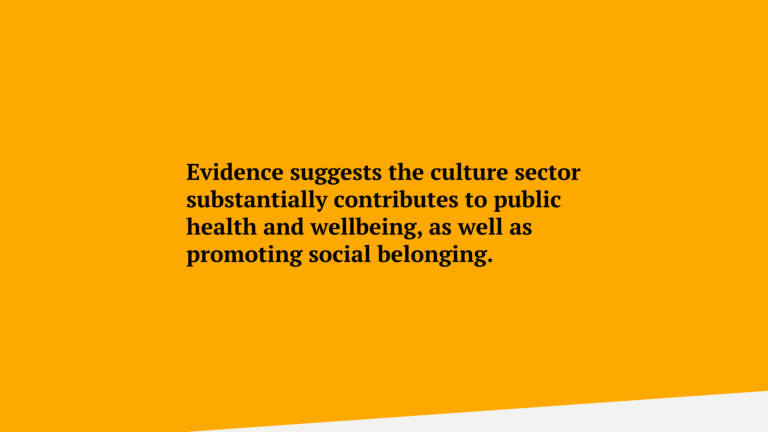The Baltic Sea Region is experiencing an increase in mental health challenges. Factors such as social isolation and loneliness are contributing to a decline in mental health across all age-groups, creating a state of permacrisis.
The burden of mental illness is generating intense pressure on already heavily burdened healthcare systems. Primary care services are experiencing an increase in consultations due to loneliness and social isolation, which, while not medical conditions themselves, can lead to poor health outcomes. With no other services to aid lonely and isolated persons, general practitioners (GPs) are often the first point of contact for help and support.

Given limited resources policymakers and decision-makers seek new innovative approaches to address the ever-increasing demand on primary and secondary healthcare services and to meet the growing needs of different population groups. One such innovative approach is Arts on Prescription (AoP), which can reduce the burden on primary healthcare services, by offering AoP as a community-based inclusive programme for those at risk of developing or experiencing mental health issues.
Local administration needs to invest in such programmes to promote community mental health and social wellbeing, thereby, creating resilient communities. Establishing AoP programmes requires cross-sectoral collaboration between the health and culture sectors. System thinking needs to be applied to advance capacity for cross-sector collaboration at local level. Local administrations need to drive this agenda, direct the process and commit to investing in AoP programmes.
Is it worth investing in AoP programmes?
The short answer is Yes!
There is an increasing amount of evidence indicating that cultural and artistic interventions are effective when it comes to health promotion and prevention, as they improve participants’ physical and mental health. Evidence suggests the culture sector substantially contributes to public health and wellbeing, as well as promoting social belonging.
Please view the video to hear why it is important to invest in Arts on Prescription programmes.
You can also find a selection of literature on health social and economic outcomes here.

